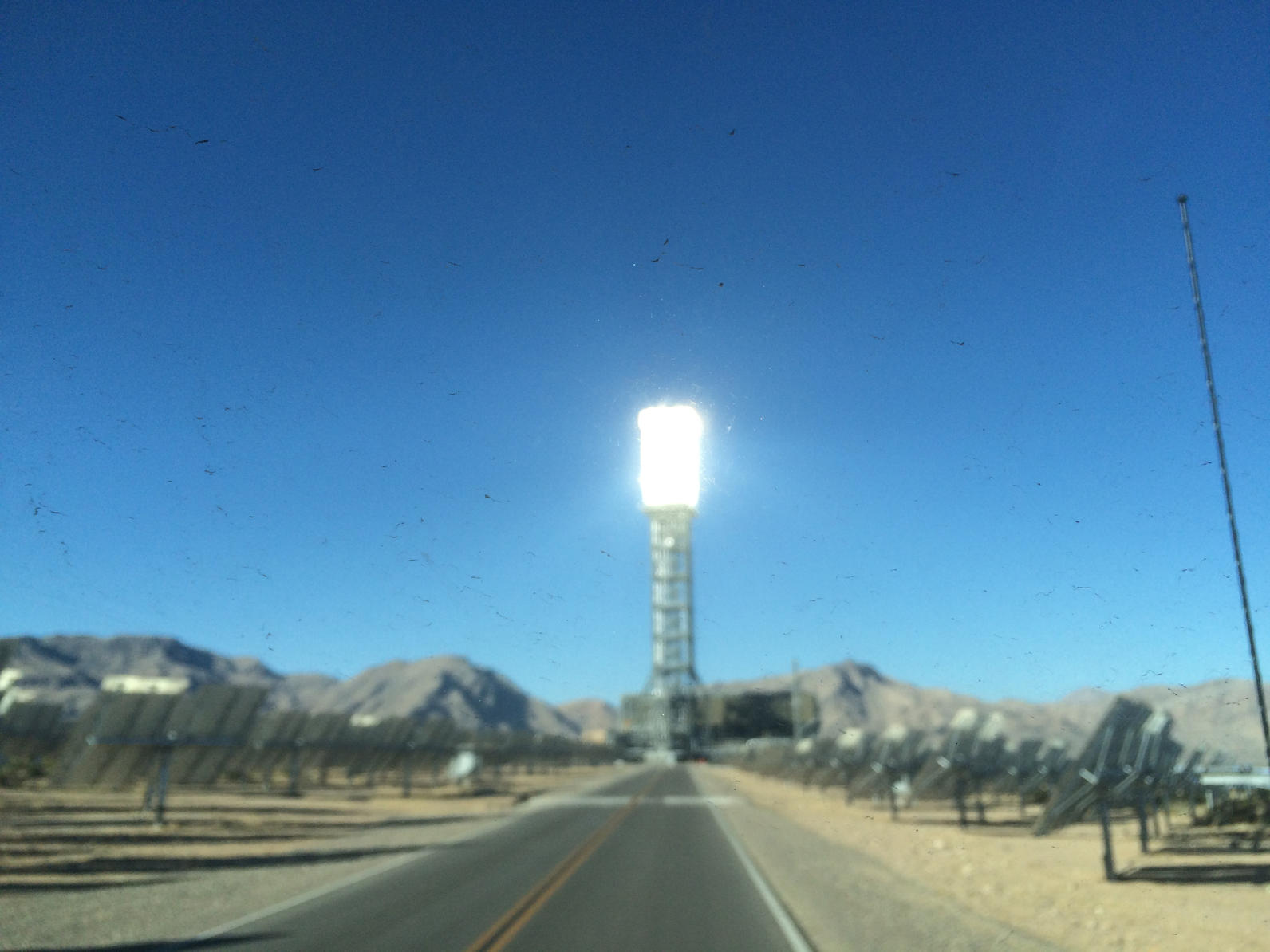Latest News and Updates from Audubon in California
California Condor. Photo: Scott Frier/USFWS
This is a nice victory protecting citical habitat for the Threatened Marbled Murrelet. Big thanks to all those involved, particularly our friends at the Audubon Society of Portland and Seattle Audubon.

The last time we heard about the Ivanpah solar plant in the Mojave Desert, the news wasn't good. News was that birds were literally being singed in midair by the plant's intense heat. Well, now things look even worse. According to a new report, bird mortality at the site is much higher than previously thought, with an estimated 6,190 birds killed at the site. That marks a more than 70 percent increase from estimates from the previous year.
"It's an unbelievably high number, and we're really alarmed," said Garry George, renewable energy director for Audubon California, to Greenwire this week. "We have a lot of questions about this mortality report."
George referred to the Ivanpah plant as the "Altamont of solar," a reference to the notorious wind development in the Bay Area that has recorded huge numbers of bird kills.
Arguing that a proposed 40-acre development in prime Western Snowy Plover habitat presents too big a threat to the threatened bird, Audubon California today joined with other environmental groups to threaten legal action to stop the project unless proponents incorporate specific actions to protect the birds. The notice was filed by the Center for Biological Diversity, Sierra Club, National Audubon Society, and the Monterey Audubon Society.
The U.S. Fish and Wildlife Service has repeatedly criticized the development and argued that “take” — that is, the death or injury — of western snowy plovers will likely result from construction and use of the resort. The project has been working its way through the approval process since 1998.
“Enough is enough,” said Andrea Jones, director of bird conservation for Audubon California. “We are long past the time when putting a development on our sandy beaches and dunes makes any sense. Western Snowy Plovers are already listed under the Endangered Species Act because of habitat loss, and this project specifically takes away more habitat where the birds have been known to breed, forage, and spend the winter.”
Today’s legal notice warns that if the developer fails to follow the course laid out by the Fish and Wildlife Service and the California Coastal Commission — to prepare a “habitat conservation plan” in support of an application for an incidental-take permit — the developer will be subject to litigation under the Endangered Species Act for harming the rare and vanishing birds.
Our newsletter is fun way to get our latest stories and important conservation updates from across the state.
Help secure the future for birds at risk from climate change, habitat loss and other threats. Your support will power our science, education, advocacy and on-the-ground conservation efforts.
Join the thousands of Californians that support the proposed Chuckwalla National Monument.